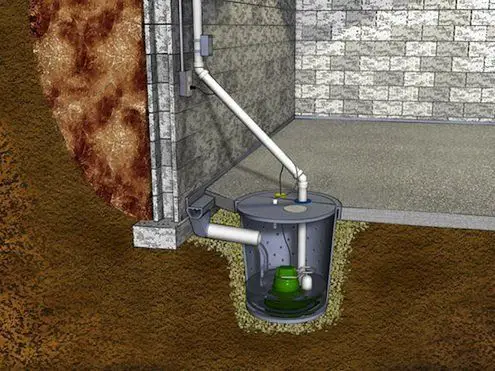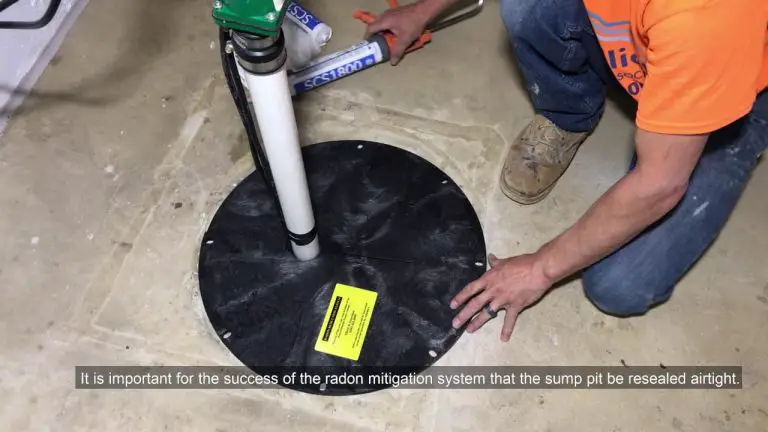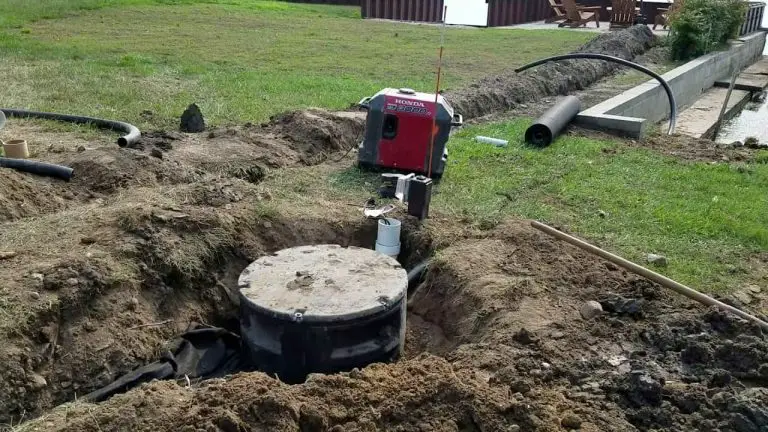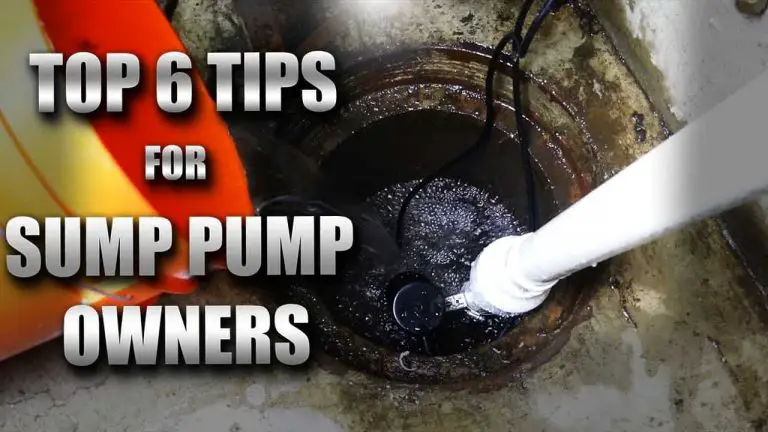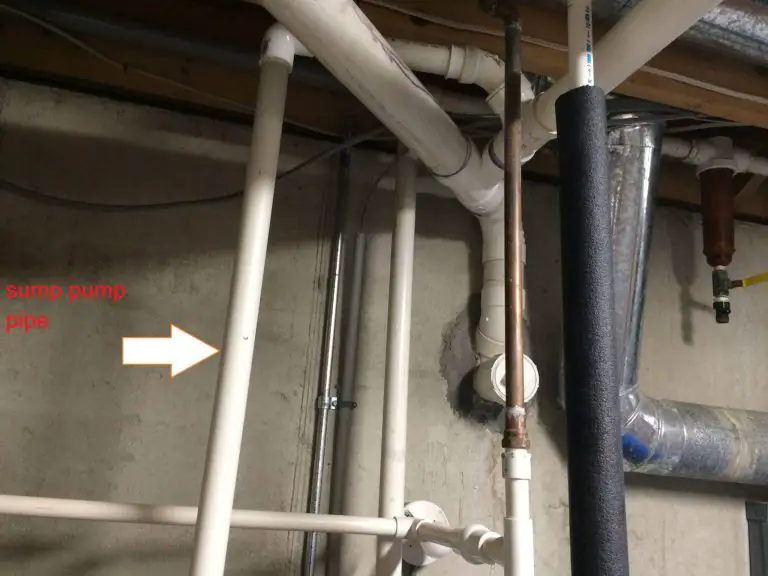Can You Throttle The Flow From A Sump Pump
A sump pump is a device that is used to remove excess water from a basement or crawl space. It is typically installed in a sump pit, which is a depression in the floor that collects water from underground sources or from the foundation of a house. The sump pump is activated when the water level in the pit reaches a certain point, and it pumps the water out of the pit and away from the house.
One common question that homeowners have about sump pumps is whether it is possible to throttle the flow of water from the pump. In other words, can the amount of water that the pump discharges be controlled or regulated? In this article, we will explore the various options for throttling the flow from a sump pump, as well as the factors to consider when deciding which method to use.
Reasons to Throttle the Flow from a Sump Pump
There are several reasons why homeowners might want to throttle the flow from their sump pump. Here are a few common examples:
- To prevent flooding or water damage: If the sump pump is discharging too much water too quickly, it can cause flooding in the yard or basement. Throttling the flow can help to prevent water from accumulating and causing damage to the property.
- To conserve energy and extend the life of the pump: Sump pumps use a lot of energy, especially when they are working hard to remove large volumes of water. Throttling the flow can help to reduce the load on the pump, which can save energy and extend the life of the pump.
- To comply with local regulations or codes: Some municipalities have regulations that limit the amount of water that can be discharged from a sump pump. Throttling the flow can help homeowners to comply with these regulations and avoid fines or penalties.
Options for Throttling the Flow from a Sump Pump
There are several options for throttling the flow from a sump pump, each with its own pros and cons. Here are three common methods:
Using a valve or gate on the outlet pipe
One simple way to throttle the flow from a sump pump is to install a valve or gate on the outlet pipe. This can be done by attaching a gate valve, a ball valve, or a butterfly valve to the end of the pipe. The valve can then be adjusted to allow more or less water to pass through, depending on the desired flow rate.
- Pros:
- Easy to install and adjust
- Inexpensive
- Cons:
- May restrict the flow too much, causing the pump to run longer or work harder
- Can cause pressure to build up in the pipe, potentially leading to leaks or ruptures
Installing a flow control device in the pump
Another option is to install a flow control device directly in the pump. This can be done by attaching a flow restrictor, a flow valve, or a flow controller to the inlet or outlet of the pump. The flow control device can be adjusted to allow more or less water to pass through, depending on the desired flow rate.
- Pros:
- Can be more precise and accurate than using a valve on the outlet pipe
- Can help to maintain a more consistent flow rate
- Cons:
- May require more technical knowledge and expertise to install and adjust
- May be more expensive than using a valve on the outlet pipe
Using a pump with adjustable flow rate or shut-off head
Some sump pumps are designed with adjustable flow rate or shut-off head, which allows the user to control the amount of water that is pumped out. For example, some pumps have a switch or dial that can be used to adjust the flow rate, while others have a built-in sensor that automatically shuts off the pump when the water level reaches a certain point.
- Pros:
- Using a valve or gate on the outlet pipe:
- Pros: Easy to install and adjust, inexpensive
- Cons: May restrict the flow too much, can cause pressure to build up in the pipe
- Using a valve or gate on the outlet pipe:
- Cons:
- May not be available on all sump pump models
- May be more expensive
Factors to Consider when Throttling the Flow from a Sump Pump
When deciding which method to use for throttling the flow from a sump pump, there are several factors to consider. Here are a few important ones:
- The size and capacity of the pump: It is important to choose a throttling method that is appropriate for the size and capacity of the pump. If the pump is too small, throttling the flow may cause it to run longer or work harder, which can shorten its lifespan. On the other hand, if the pump is too large, throttling the flow may not be necessary and could waste energy.
- The type and condition of the outlet pipe: The type and condition of the outlet pipe can also affect the effectiveness of the throttling method. For example, if the pipe is too small or has a lot of turns or bends, using a valve or gate on the outlet pipe may restrict the flow too much and cause the pump to run longer or work harder.
- The water level in the sump pit and the surrounding area: It is important to monitor the water level in the sump pit and the surrounding area to ensure that the throttling method is effective. If the water level is too high or too low, it may be necessary to adjust the flow rate accordingly.
Conclusion
In conclusion, it is possible to throttle the flow from a sump pump in order to prevent flooding or water damage, conserve energy, and comply with local regulations. There are several options for throttling the flow, including using a valve or gate on the outlet pipe, installing a flow control device in the pump, or using a pump with adjustable flow rate or shut-off head. However, it is important to consider the size and capacity of the pump, the type and condition of the outlet pipe, and the water level in the sump pit and the surrounding area when deciding which method to use. If you are unsure about which method to use, it is recommended to consult a professional or refer to the manufacturer’s instructions for guidance.

